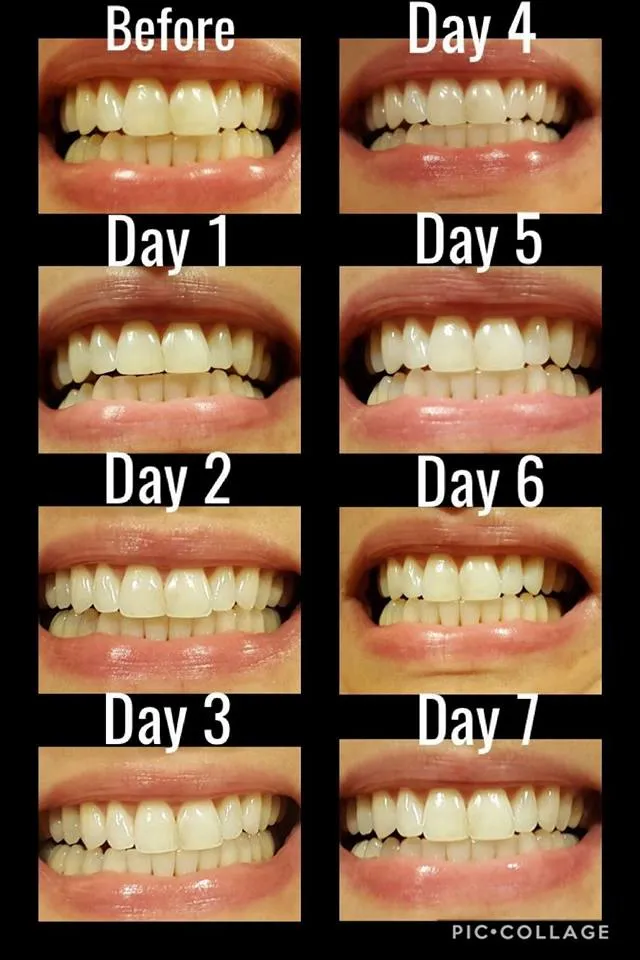Understanding Teeth Whitening
Teeth whitening, also known as bleaching, is a popular cosmetic dental procedure designed to lighten the shade of your teeth. It’s a straightforward and effective way to enhance your smile, boost your confidence, and improve your overall appearance. The process works by using bleaching agents to break down stains and discoloration on the surface and within the enamel of your teeth. The result is a brighter, whiter smile that can significantly impact your self-esteem. There are various methods available, from over-the-counter products to professional treatments, each with its own set of advantages and considerations.
What Causes Tooth Discoloration?
Tooth discoloration can stem from a variety of factors. Extrinsic stains affect the enamel’s surface and are often caused by consuming staining foods and drinks such as coffee, tea, red wine, and berries. Intrinsic stains, on the other hand, originate from within the tooth, sometimes due to aging, trauma, or certain medications like tetracycline. Genetics can also play a role. Understanding these causes is the first step toward choosing the right whitening method. Addressing the root cause of discoloration often leads to the most effective and long-lasting results.
Foods and Drinks That Stain Teeth
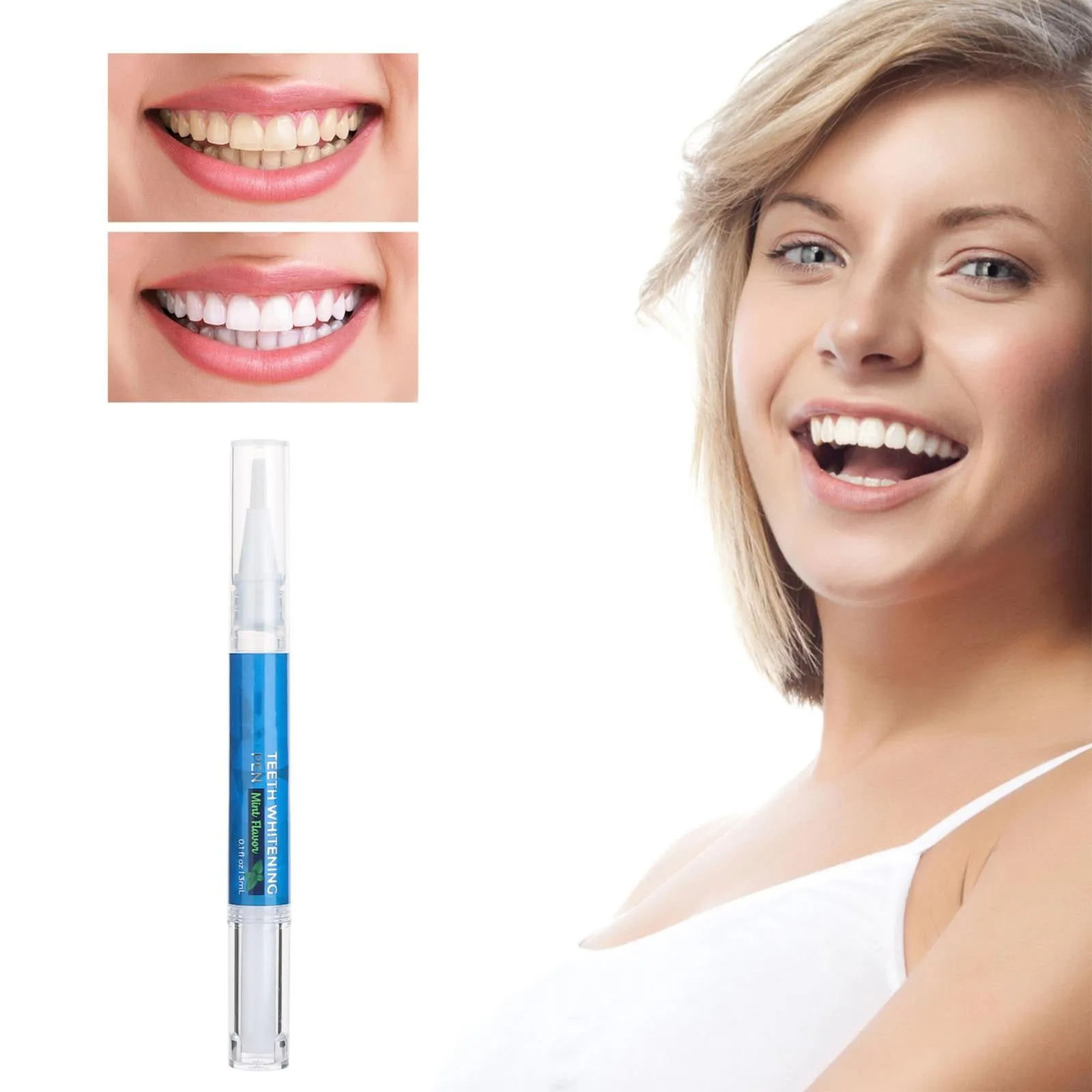
Certain foods and drinks are notorious for their staining properties. Coffee and tea, due to their high tannin content, are frequent culprits. Red wine, with its deep pigments and acidity, can also stain teeth significantly. Dark-colored sodas, fruit juices, and even sports drinks contribute to discoloration. Berries like blueberries and blackberries contain pigments that readily adhere to tooth enamel. Regular consumption of these items can gradually darken your teeth, making them appear less bright over time. Minimizing your intake or practicing good oral hygiene after consumption can help mitigate these effects.
Lifestyle Factors Affecting Tooth Color
Beyond food and drink, several lifestyle factors influence tooth color. Smoking and tobacco use are major contributors to staining, as nicotine and tar leave yellowish-brown deposits on teeth. Poor oral hygiene, including infrequent brushing and flossing, allows stains to accumulate and worsen over time. Age is also a factor, with teeth naturally becoming darker as the enamel wears down and the dentin beneath shows through. Certain medical conditions and medications can also cause discoloration. Maintaining a healthy lifestyle, including a balanced diet, regular oral hygiene, and avoiding tobacco, is crucial for preserving your teeth’s natural whiteness.
Top 7 Secrets to White Teeth
Secret 1 Practice Excellent Oral Hygiene

The foundation of white teeth begins with a diligent oral hygiene routine. Brushing your teeth at least twice a day, for two minutes each time, is crucial. This removes plaque and surface stains, preventing them from setting in. Flossing daily is equally important, as it removes food particles and plaque from between your teeth, where your toothbrush can’t reach. Using an antibacterial mouthwash can further reduce bacteria and promote a healthier mouth. Consistent oral hygiene not only keeps your teeth whiter but also protects against cavities and gum disease.
The Importance of Brushing and Flossing
Brushing and flossing are the cornerstones of any effective oral hygiene routine. Brushing removes surface stains, plaque, and food particles that can contribute to discoloration and decay. Using a soft-bristled toothbrush is recommended to avoid damaging enamel. Flossing complements brushing by reaching areas that your toothbrush can’t, preventing the buildup of plaque and bacteria between teeth. Together, brushing and flossing create a clean oral environment that minimizes staining and promotes healthy teeth and gums.
Choosing the Right Toothpaste
Selecting the right toothpaste can significantly impact your teeth’s whiteness. Look for toothpastes with ingredients like fluoride, which strengthens enamel and protects against cavities. Whitening toothpastes often contain mild abrasives that help remove surface stains. Consider toothpastes with ingredients like hydrogen peroxide or baking soda for their whitening properties. However, always choose a toothpaste that suits your individual needs and sensitivities. Consulting your dentist for recommendations can help you find the most effective option for your oral health.
Secret 2 Use Whitening Toothpaste
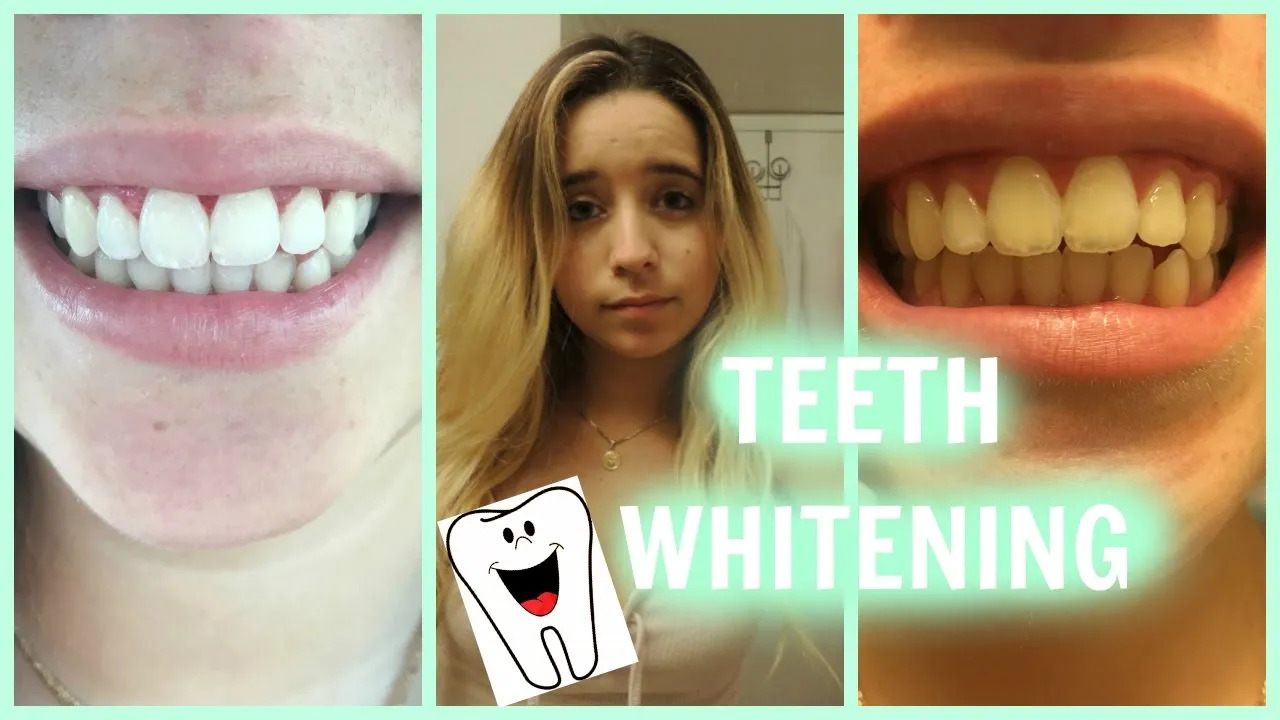
Whitening toothpastes can be a convenient and affordable way to brighten your smile. These toothpastes typically contain mild abrasives, such as hydrated silica, to gently polish the teeth and remove surface stains. They may also include ingredients like hydrogen peroxide or baking soda, which help to lighten the teeth. However, it’s important to note that whitening toothpastes are not as effective as professional treatments. They work primarily on surface stains and may not significantly alter the intrinsic color of your teeth. Using them consistently as part of your daily routine can still contribute to a brighter smile.
How Whitening Toothpastes Work
Whitening toothpastes employ different mechanisms to lighten teeth. The abrasive agents gently scrub away surface stains caused by food, drinks, and smoking. Hydrogen peroxide, a common ingredient, acts as a bleaching agent, breaking down stains. Baking soda, another popular ingredient, has mild abrasive and stain-removing properties. The effectiveness of these toothpastes varies depending on the ingredients and their concentrations. While they can improve the appearance of your teeth, they are generally less effective than professional whitening treatments. Using them in conjunction with good oral hygiene can maximize their benefits.
Popular Whitening Toothpaste Ingredients
Several ingredients are commonly found in whitening toothpastes, each contributing to their stain-removing properties. Hydrated silica is a gentle abrasive that polishes the teeth surface, removing stains. Hydrogen peroxide acts as a mild bleaching agent, breaking down the pigments that cause discoloration. Baking soda, a natural abrasive, helps to scrub away stains and can also neutralize acids in the mouth. Fluoride is another essential ingredient that strengthens the enamel, protecting against cavities. When choosing a whitening toothpaste, consider these ingredients and their potential impact on your teeth’s whiteness and overall oral health.
Secret 3 Consider Over the Counter Whitening Products
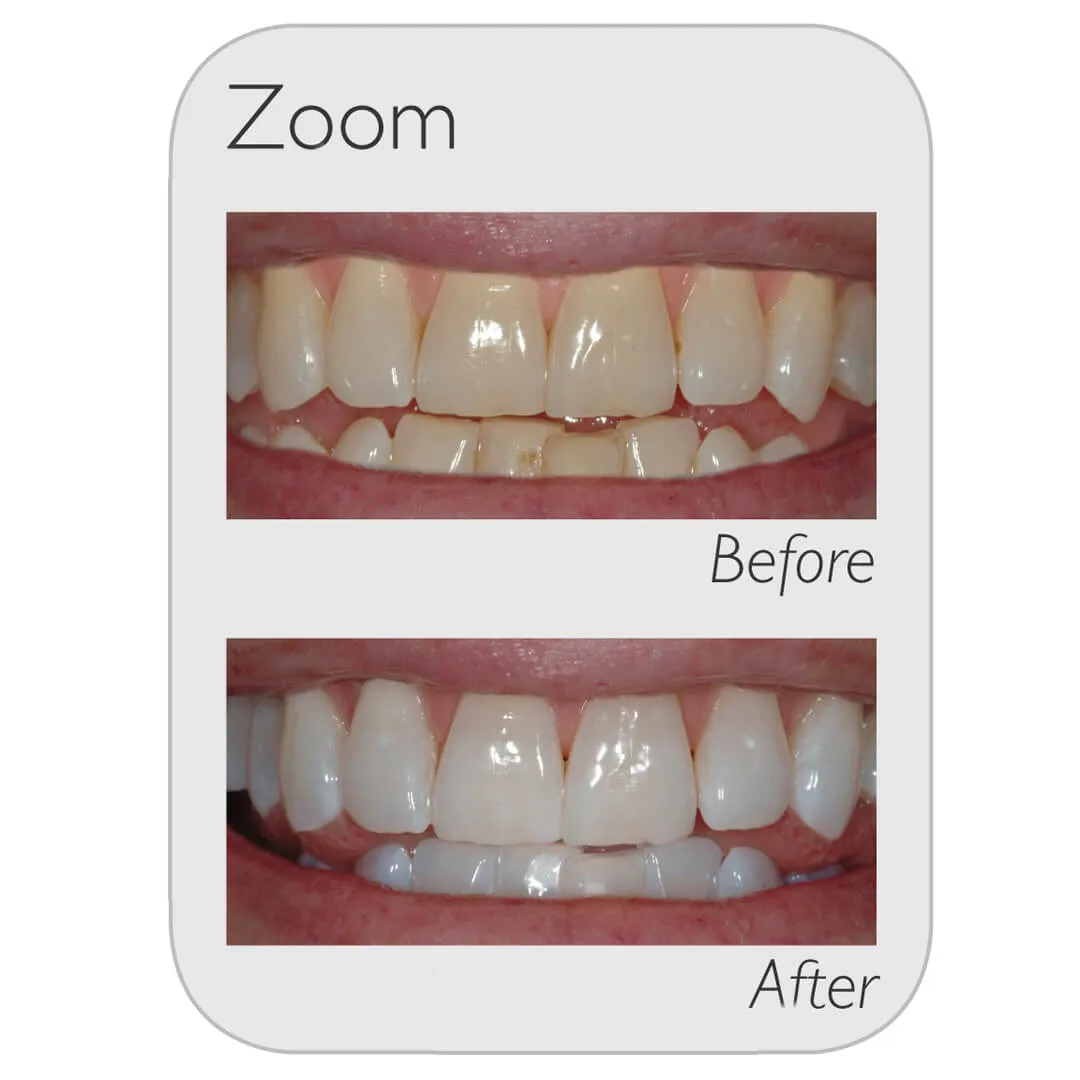
If you’re looking for more significant whitening results, over-the-counter (OTC) products can be a good option. Whitening strips, gels, and trays are readily available and offer varying levels of effectiveness. These products typically contain a bleaching agent, usually hydrogen peroxide, to lighten the teeth. However, the concentration of the bleaching agent is generally lower than in professional treatments, so results may take longer to achieve. Following product instructions carefully is essential to ensure safe and effective use. It’s also advisable to consult your dentist before using any OTC whitening products, especially if you have sensitive teeth or other dental issues.
Whitening Strips Explained
Whitening strips are a popular and user-friendly method for teeth whitening. They are thin, flexible strips coated with a hydrogen peroxide-based bleaching agent. You apply the strips directly to your teeth, ensuring they adhere to the surface. The peroxide then penetrates the enamel, breaking down stains and lightening the teeth. Strips are easy to use and typically require only a short application time each day. The effectiveness of whitening strips varies depending on the concentration of hydrogen peroxide and the frequency of use. Consistent use can lead to noticeable results, but it’s important to follow the manufacturer’s instructions carefully.
Whitening Gels and Trays
Whitening gels and trays offer another avenue for at-home teeth whitening. These systems typically involve filling a custom-fitted or generic tray with a bleaching gel, which is then placed over your teeth for a specified period. The gel contains hydrogen peroxide or carbamide peroxide, which penetrates the enamel to lighten the teeth. The process usually requires daily applications over several weeks. Some kits include pre-filled trays, while others require you to create custom trays for a more precise fit. Whitening gels and trays can offer more consistent coverage than strips, making them a potentially effective option for a brighter smile.
Secret 4 Professional Teeth Whitening
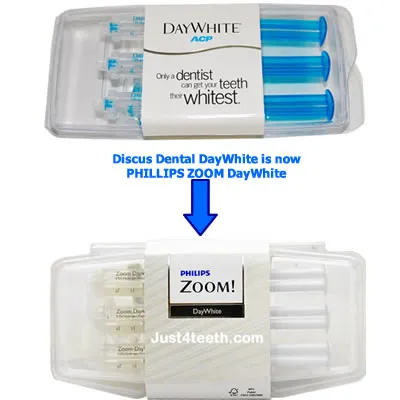
For the most dramatic and immediate results, professional teeth whitening is the go-to solution. Performed by a dentist, these treatments use stronger bleaching agents than OTC products. Professional whitening can be done in-office or with take-home kits provided by your dentist. These treatments are highly effective in lightening the teeth significantly and are often the best option for stubborn stains. Professional whitening is also safer because it’s administered under the supervision of a dental professional, minimizing the risk of gum irritation or tooth sensitivity. Consult your dentist to determine the best professional whitening option for your needs.
In-Office Whitening Procedures
In-office teeth whitening is a fast and effective way to achieve a brighter smile. The procedure is performed in a dental office and involves the application of a high-concentration bleaching agent to your teeth. A special light or laser may be used to accelerate the whitening process. In-office treatments typically produce noticeable results in a single visit. The entire process usually takes about an hour, and the effects can last for several months to a year. In-office whitening is a convenient and reliable option, but it may be more expensive than other methods.
Take-Home Whitening Kits
Take-home whitening kits provided by your dentist offer a balance between convenience and professional care. These kits typically include custom-fitted trays and a bleaching gel with a higher concentration of hydrogen peroxide than OTC products. Your dentist will provide instructions on how to use the kit safely and effectively. You apply the gel to the trays and wear them for a specified amount of time each day. Take-home kits offer more control over the whitening process and can produce significant results over a few weeks. They are also a more cost-effective option than in-office whitening.
Secret 5 Watch What You Eat and Drink
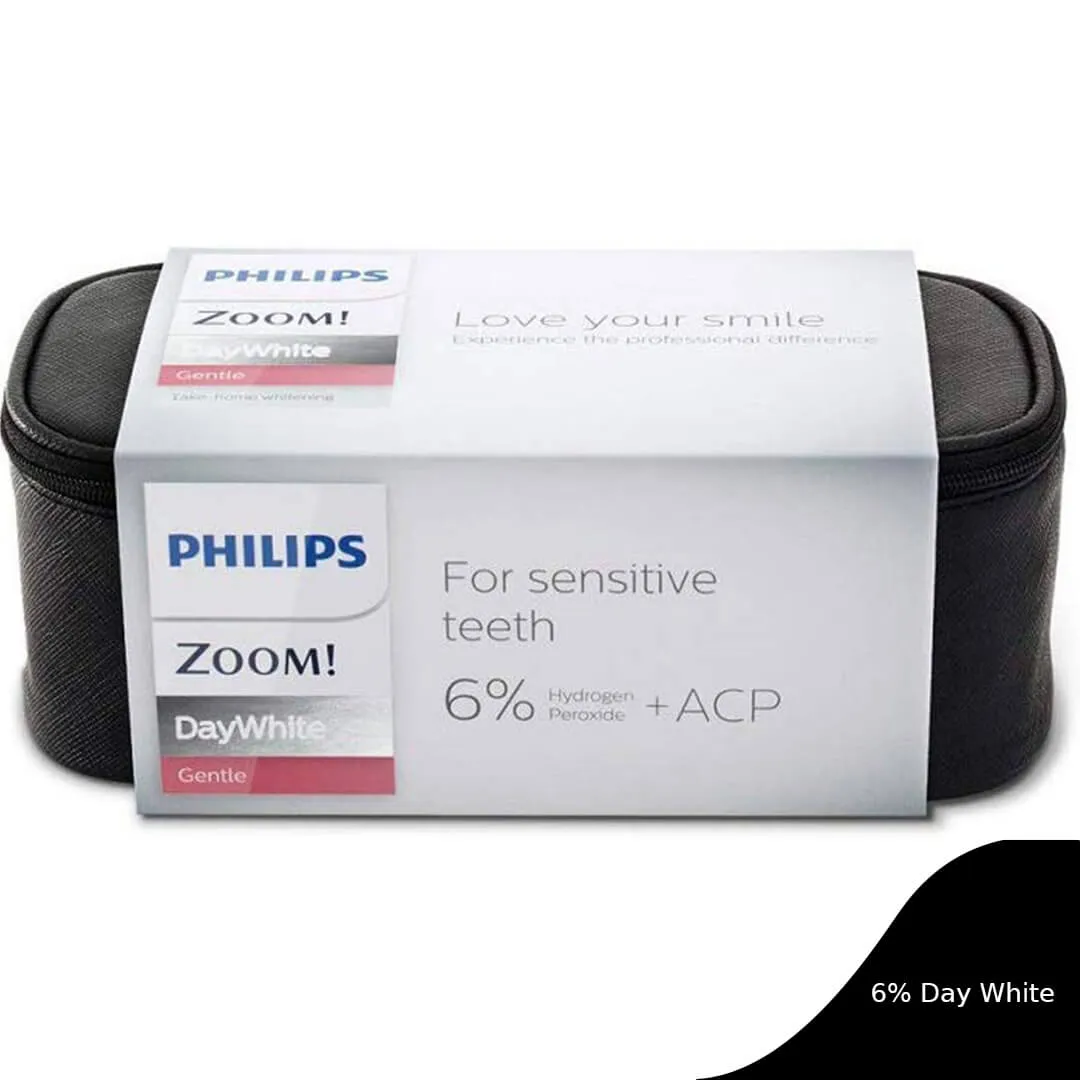
The foods and drinks you consume significantly impact your teeth’s whiteness. Certain items are notorious for staining, while others are less likely to cause discoloration. Being mindful of your dietary choices is crucial for maintaining a bright smile. Limiting or avoiding staining foods and drinks, like coffee, tea, red wine, and berries, can help prevent stains from forming. Pairing these items with water or rinsing your mouth after consumption can also help. Incorporating teeth-friendly foods and drinks, like water and crunchy vegetables, can help keep your teeth clean and white.
Foods and Drinks to Avoid
To preserve your white teeth, it’s wise to limit or avoid certain foods and drinks known to cause staining. Coffee and tea, with their dark pigments and tannins, are major culprits. Red wine, with its deep color and acidity, can also stain your teeth significantly. Dark sodas and fruit juices can contribute to discoloration. Berries, such as blueberries and blackberries, contain strong pigments that can stain tooth enamel. If you consume these items, be sure to rinse your mouth with water or brush your teeth afterward to minimize staining.
Foods and Drinks to Enjoy
Focusing on teeth-friendly foods and drinks can help maintain a bright smile. Water is always an excellent choice, as it helps rinse away food particles and stains. Crunchy vegetables, like celery and carrots, can act as natural abrasives, gently cleaning your teeth. Dairy products, such as milk and yogurt, contain calcium, which strengthens enamel. Apples and other fruits high in water content can also help clean your teeth. Making these choices part of your daily diet can contribute to keeping your teeth whiter.
Secret 6 The Role of Regular Dental Checkups
Regular dental checkups are an essential part of maintaining a white and healthy smile. During these visits, your dentist can perform a professional cleaning to remove plaque and tartar buildup, which can cause discoloration. They can also identify any underlying dental issues, such as cavities or gum disease, that may affect your teeth’s appearance. Routine checkups allow your dentist to monitor your oral health and provide personalized recommendations for maintaining a bright, white smile. Following your dentist’s advice is crucial for long-term oral health.
Professional Cleanings and Their Benefits
Professional dental cleanings are an invaluable part of maintaining a white smile. During a cleaning, your dentist or hygienist will remove plaque and tartar, which can cause staining and discoloration. They will also polish your teeth to remove surface stains, leaving them feeling smooth and looking brighter. Regular cleanings help prevent cavities, gum disease, and other oral health problems. The professional cleaning process not only improves the appearance of your teeth but also promotes long-term oral health. Aim for a professional cleaning every six months or as recommended by your dentist.
Addressing Underlying Dental Issues
Addressing underlying dental issues is a crucial component of maintaining a white smile. Conditions like cavities, gum disease, and enamel erosion can impact the color of your teeth. Cavities can cause dark spots and discoloration, while gum disease can lead to inflammation and staining. Addressing these issues promptly is essential for restoring your teeth’s natural whiteness. Your dentist can identify and treat underlying problems, such as decay, and recommend appropriate treatments to restore the health and appearance of your teeth.
Secret 7 Maintain a Consistent Routine
Maintaining a consistent teeth whitening routine is key to long-term results. Whether you choose professional treatments, at-home products, or a combination of both, consistency is essential. Stick to your prescribed whitening schedule and follow the instructions carefully. Regular brushing, flossing, and dental checkups are also essential for maintaining a bright smile. Over time, a consistent routine helps to prevent future staining and keeps your teeth looking their best. Make teeth whitening a permanent part of your oral health regimen.
Long-Term Maintenance Strategies
Implementing long-term maintenance strategies is vital for keeping your teeth white. This includes regular brushing and flossing to remove plaque and surface stains. Periodic use of whitening toothpaste can help maintain your teeth’s brightness. Following a diet that minimizes staining foods and drinks will help prevent discoloration. Schedule regular dental checkups and cleanings to remove any buildup. By adopting these strategies and staying consistent, you can maintain a bright and healthy smile for years to come.
Avoiding Future Staining
Avoiding future staining involves making conscious choices to protect your teeth. Limit or avoid staining foods and drinks like coffee, tea, red wine, and berries. If you consume these items, rinse your mouth with water or brush your teeth afterward. Quit smoking and avoid tobacco products, as they are major contributors to discoloration. Practice excellent oral hygiene, including brushing, flossing, and regular dental visits. By adopting these habits, you can significantly reduce your chances of future staining and maintain a bright, white smile.
Conclusion
Achieving and maintaining a white smile involves a combination of good oral hygiene, mindful eating habits, and, when needed, teeth whitening treatments. From simple steps like brushing and flossing to professional procedures, many options are available to suit your needs. By understanding the causes of tooth discoloration, and adopting the top 7 secrets highlighted in this guide, you can confidently embark on your journey to a brighter, more confident smile. Remember to consult with your dentist for personalized advice and a treatment plan tailored to your unique oral health needs. With consistent effort and care, you can enjoy a beautiful, white smile for years to come.
